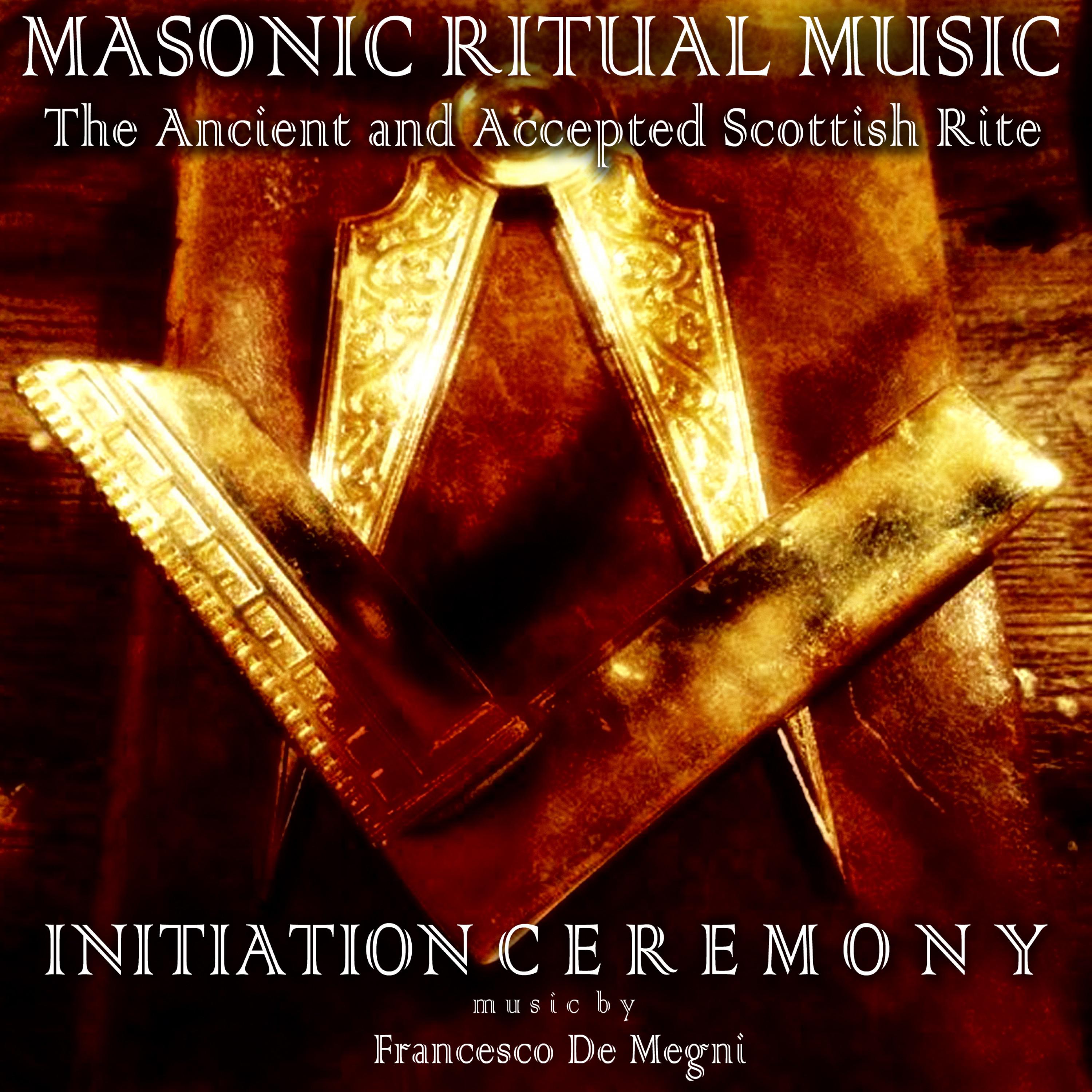Exploring the Rich History and Architectural Marvels of Old Saint Peter's
#### Introduction to Old Saint Peter'sOld Saint Peter's, known in Italian as "San Pietro in Vaticano," was a monumental basilica in Vatican City that stood……
#### Introduction to Old Saint Peter's
Old Saint Peter's, known in Italian as "San Pietro in Vaticano," was a monumental basilica in Vatican City that stood as a symbol of Christianity for centuries. This iconic structure was originally constructed in the 4th century under Emperor Constantine and was later rebuilt in the 16th century, becoming a masterpiece of Renaissance architecture. Understanding the significance of Old Saint Peter's is essential for anyone interested in religious history, architecture, or the cultural heritage of Rome.
#### The Architectural Significance of Old Saint Peter's
The architectural design of Old Saint Peter's was revolutionary for its time. The basilica was designed by some of the greatest architects of the Renaissance, including Bramante, Michelangelo, and Bernini. The use of a grand dome, which later influenced countless churches around the world, was a defining feature of the structure. The dome itself was a marvel, standing at approximately 136 meters (446 feet) high, and was the tallest dome in the world for many years.

The façade of Old Saint Peter's was adorned with magnificent columns and sculptures that depicted various saints and biblical figures. The grand entrance, flanked by impressive statues, welcomed pilgrims and visitors from all over the world. The interior of the basilica was equally breathtaking, with lavish decorations, intricate mosaics, and the famous Pietà sculpture by Michelangelo, which remains one of the most revered works of art in history.
#### The Historical Context of Old Saint Peter's
Old Saint Peter's was not just an architectural marvel; it was also a significant religious site. It is believed to be the burial place of Saint Peter, one of Jesus Christ's apostles and the first pope. The basilica became a pilgrimage destination for Christians, who sought to pay their respects to the saint and seek spiritual solace. Over the centuries, Old Saint Peter's witnessed countless historical events, including papal coronations, religious ceremonies, and significant gatherings of the faithful.
The basilica's construction and subsequent renovations were also deeply intertwined with the political and religious history of the time. The Renaissance period saw a resurgence of interest in art, culture, and humanism, and Old Saint Peter's became a focal point for these developments. The church's influence extended beyond religion, shaping the cultural landscape of Europe and the world.

#### The Legacy of Old Saint Peter's
Although Old Saint Peter's was demolished in the 16th century to make way for the current St. Peter's Basilica, its legacy continues to resonate. The new basilica, completed in 1626, retained many elements of its predecessor while incorporating modern architectural techniques. Today, St. Peter's Basilica stands as one of the most visited monuments in the world, drawing millions of visitors each year who come to admire its beauty and historical significance.
The story of Old Saint Peter's is a testament to the enduring power of faith, art, and architecture. It serves as a reminder of the rich tapestry of history that has shaped our world and the importance of preserving our cultural heritage. For those interested in exploring the depths of religious history and architectural brilliance, Old Saint Peter's remains a captivating subject that continues to inspire awe and reverence.
#### Conclusion

In conclusion, Old Saint Peter's was more than just a building; it was a beacon of faith, a masterpiece of art, and an integral part of the history of Christianity. Its influence can still be felt today, as it laid the groundwork for one of the most significant religious sites in the world. Visitors to Vatican City are encouraged to delve into the rich history of Old Saint Peter's, appreciating not only its architectural grandeur but also its profound spiritual significance.